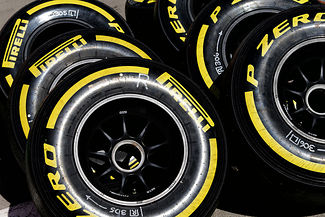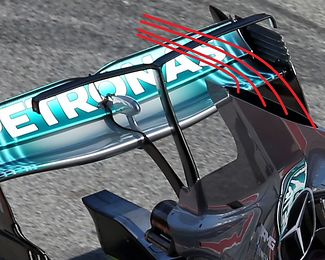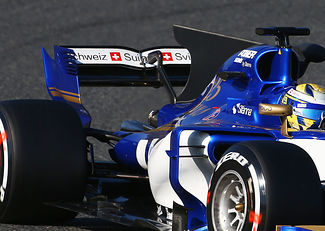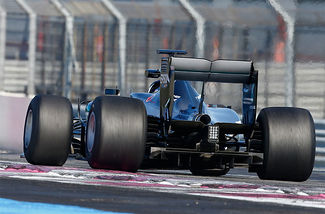Pirelli escapes trouble with standing waves in tyres
It was just 2 years ago when Pirelli attracted some negative publicity with tyre cuts at the same Spa-Francorchamps when on Friday and Saturday, images revealed considerable standing waves in the rear tyres of some cars. It's a known phenomenon, but the intensity of it at Spa even left some top engineers without explanations.
Perhaps the most obvious occurrence was the one on Lewis Hamilton's Mercedes F1 W08. As he exited the chicane and powered up onto the start finish straight, th... Read more










